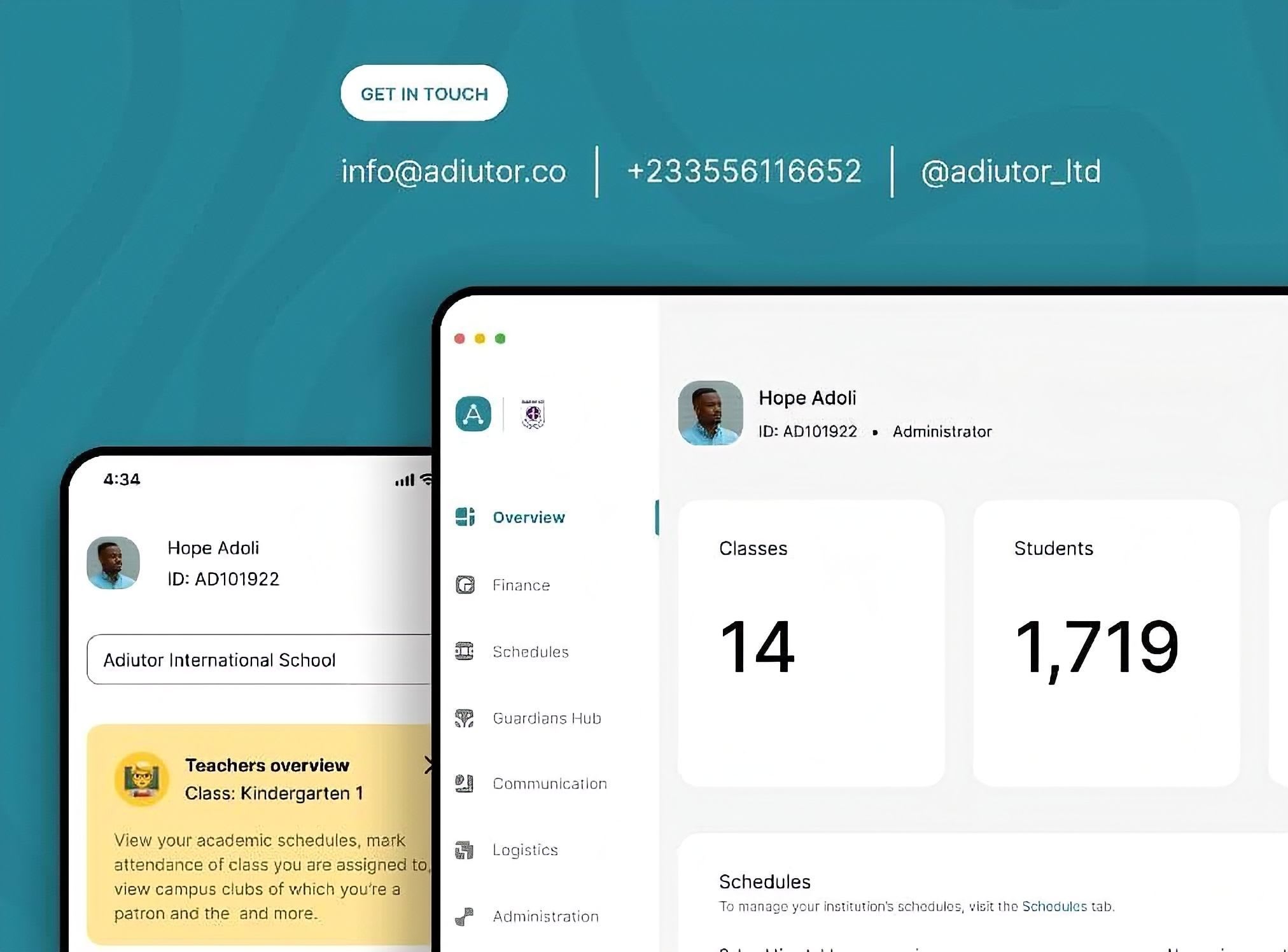School Self-Evaluation: SSE Materialisation and Development
School self-evaluation (SSE) involves schools looking inward to assess the quality and effectiveness of their practices across various areas: teaching, learning, leadership, student wellbeing, and overall school climate.

Whether consciously or not, people regularly assess their own actions, choices, and progress on a personal level. A teacher might reflect on how a lesson went, a student might consider how well they prepared for a test, and a parent might think about how they responded to a child’s needs. These moments of reflection help guide decisions, correct course, and improve outcomes over time.
When scaled up, this same principle applies to organisations, including schools. Just as individuals benefit from evaluating their actions, schools can also gain valuable insight by examining their work systematically. School self-evaluation (SSE) involves schools looking inward to assess the quality and effectiveness of their practices across various areas: teaching, learning, leadership, student wellbeing, and overall school climate.
Unlike external evaluations, which are typically conducted by outside bodies using standardised frameworks, SSE is internally driven and context-sensitive. It allows school communities to ask: What are we doing well? Where do we need to improve? What evidence supports our conclusions? And how do we act on what we’ve learned?
In practice, SSE depends heavily on the school’s context, its resources, leadership style, staff dynamics, and even local culture. The heart of any SSE process is a core group (often made up of school leaders, teachers, and sometimes external facilitators) tasked with planning and coordinating the evaluation. This group sets the scope of what will be evaluated, selects the tools and methods to gather information, and ensures that the process stays focused and manageable. Common tools include surveys, focus groups, classroom observations, and analysis of student performance data. However, the choice of tools often depends on what the school wants to learn and how much time and capacity it has to carry out the evaluation.
Designing a strong SSE process means choosing the right tools, involving the right people, and, most importantly, building in time for reflection, dialogue, and action. Data collection alone does not lead to change. Schools need structured opportunities to interpret what the data is saying, make sense of it together, and use it to guide specific next steps. This is where many self evaluation efforts lose momentum, when findings are collected but not translated into concrete, follow-up actions.
The People Behind the Process: Who Makes SSE Work?
Typically, the process is led by a small team, often referred to as the steering group. Their job is to coordinate the evaluation process, make sure it aligns with the school’s goals, and ensure that the process is both manageable and purposeful. They are the ones who translate broader goals into specific focus areas, such as improving teaching quality, student engagement, or staff collaboration.
It's also worth noting, a successful process depends on broad participation. Teachers, for instance, play a key role in providing insights into classroom practice, student needs, and curriculum implementation. Their firsthand experience often adds a layer of depth that students' academic results can’t capture. Support staff also contribute valuable perspectives, especially around school climate, communication, and the non-academic aspects of student wellbeing.
Students and parents are sometimes included as well, though their involvement varies widely. They can offer perspectives that challenge assumptions and help the school better understand its impact. Their voices often point to areas that internal actors may overlook, such as the sense of belonging, fairness, or the everyday challenges students face.
What SSE Can Achieve
One of the most immediate benefits of SSE is its ability to make the invisible visible. It helps schools uncover patterns and issues that might otherwise go unnoticed. Because the process is grounded in the school’s context, the findings tend to feel more relevant and immediately actionable. This is especially important for shaping targeted interventions that are suited to the specific needs of the school.
It encourages school staff to engage in structured, honest conversations about their work, which builds trust and promotes a shared understanding of what improvement means. In many cases, within these conversations, as educators reflect on what they do and why they do it, they understand and align better with the school’s values and goals.
Evaluation findings may prompt a review of leadership practices, the redesign of teaching strategies, or the development of new student support systems. While these kinds of changes take time, insights from the self-evaluation help provide the roadmap for how to get there. It ensures that decisions are grounded in data and reflection rather than assumptions or external pressure.

Adiutor
Adiutor means "helper" - we do just that, by taking a load of your school administration and helping you focus on what matters most: the kids.
References
MacBeath, J. (2006). School self-evaluation: Purpose, process and practice. Routledge.
OECD. (2013). Synergies for better learning: An international perspective on evaluation and assessment. OECD Publishing.
Schildkamp, K., Ehren, M., & Lai, M. K. (2012). Editorial article for the special issue on data-based decision making. School Effectiveness and School Improvement.
Vanhoof, J., & Petegem, P. V. (2007). Matching internal and external evaluation in an era of accountability and school development: Lessons from a Flemish perspective. Studies in Educational Evaluation.
